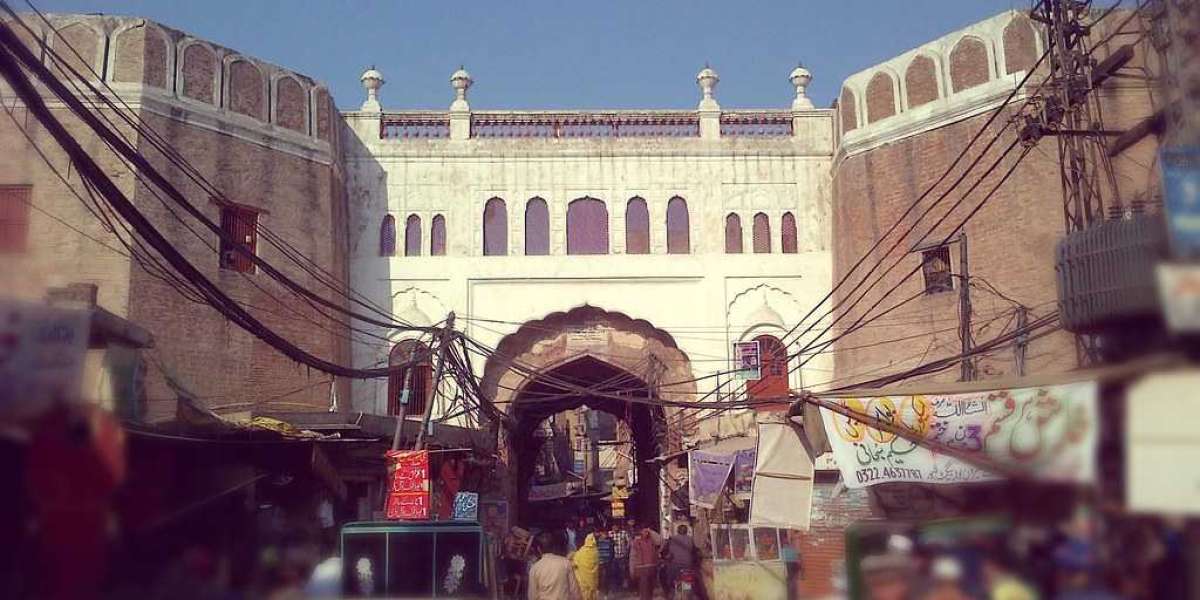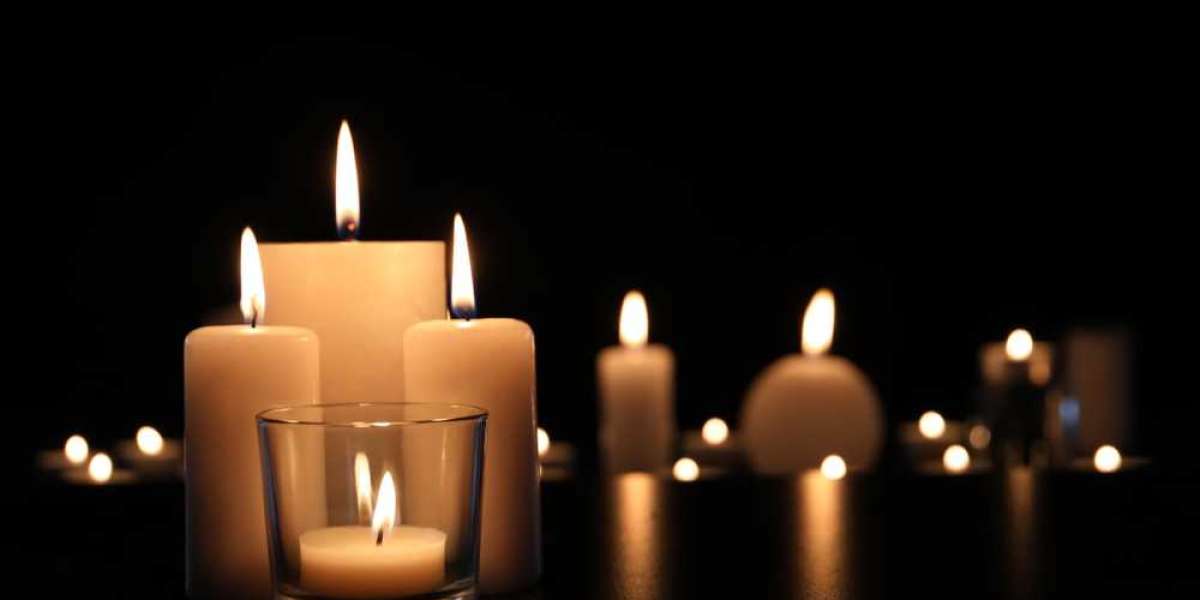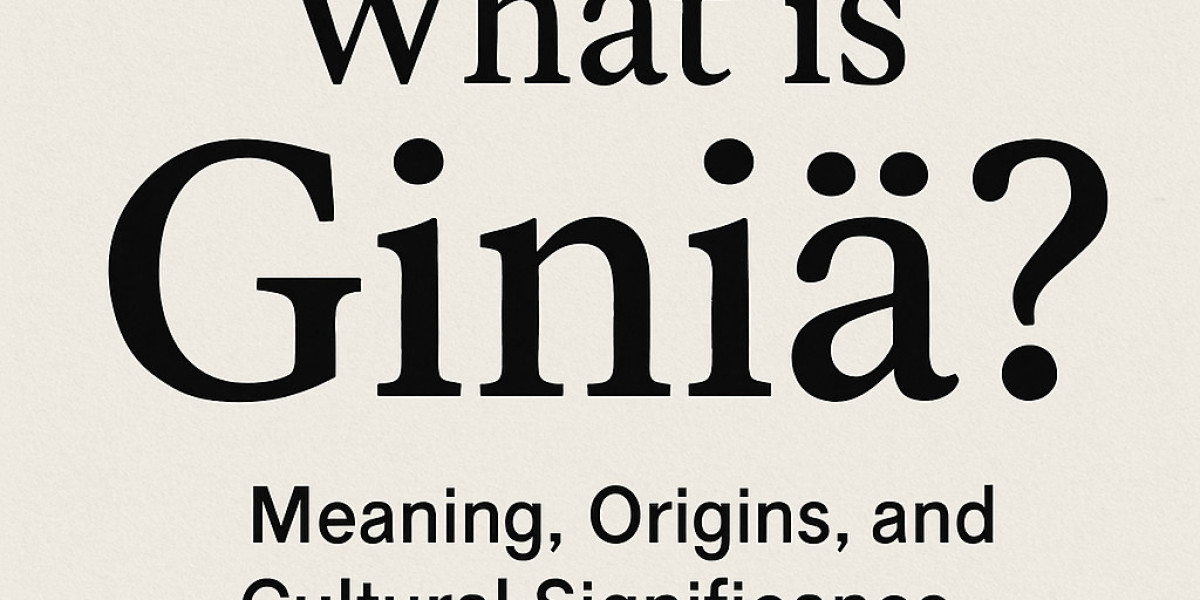Lohari Gate is one of the oldest gates in Lahore's Walled City. It serves as the main entryway for two famous divisions within the Walled City - Guzar Bahar Khan and Guzar Machhi Hatta.
Caravans and travelers used to enter the city through this gate. Qutbuddin Aibak, the first Muslim ruler of the Subcontinent is buried just outside its walls.
During the Mughal dynasty, 13 gates connected Lahore's Walled City. While some were demolished by British rule, others still exist today: Akbari Gate, Bhati Gate, Delhi Gate, Kashmiri Gate, and Lohari Gate.
As I strolled past Lohari Gate, one of thirteen historical gates built by the Mughals, I could feel the echoes of times past. It seemed as if these bricked walls and archways could speak; sharing tales of love, glory, war, peace, loyalty, and betrayal - not to mention countless other tales that could be told.
Aside from its historical importance, this gate is also renowned for its shopping area. It features a large bazaar where you can find everything from clothing to food - even new pairs of shoes!
In addition to the main shopping center, there are plenty of restaurants nearby. These establishments serve a range of local cuisines and boast excellent service. Popular eateries include Sheikh Chatkhara Sweets, Sahib Nihari Waley, and Mehar Bashir Halwai.
History
In ancient times, Lohari Gate was one of Lahore's busiest gates. Bazaars and shops around it were always bustling with people all day long, giving retailers wholesale rates on items like crockery and ceramic vessels as well as grocery items, wedding accessories, and iron wares.
This gate's name derives from the Urdu word for iron, 'Loha'. However, some scholars suggest it was named after a blacksmith who operated near it.
In addition to bazaars and shops, there was also an outlet for refuse and sweepings from around the city. This provided residents with a large source of income.
Another noteworthy fact about the gate is that it was constructed during Mughal rule. Emperor Akbar ordered its construction as a means of providing secure entry to the city.
In the Sikh era, this gate was severely damaged due to battles among Sikhs for succession. Ultimately, Maharaja Ranjit Singh rebuilt it in 1812.
Akbari Mandi, one of the largest wholesale markets in the city, is still open today. Here you'll find everything from jewelry and garments to crockery and groceries - not forgetting ceramic vessels for ironing or wedding accessories as well as electronic gadgets - plus much more.
The market is home to many restaurants and cafes. Many of these establishments serve up delectable dishes inspired by Lahori cuisine.
Lohari Gate has long been a favorite destination for tourists and locals alike due to its excellent value. Particularly, shops and bazaars around Lohari Gate provide visitors with an array of products at low costs.
Aside from the bazaars, there is a historic building known as Data Durbar that stands in front of the gate. Nearby you will find mausoleums for Sufi Saint Ali Hajweri and Rai Sandal Khan; and also, the tomb of Data Ganj Buksh.
These tombs serve as reminders of the city's long-standing history. Its streets, buildings, and other features possess an invaluable heritage that must be safeguarded.
Over time, the walls of the old city fell into decay, destroying many of its gates. Though reconstructed during the Sikh era, some have since disappeared altogether. That is why restoring Kashmiri and Sheranwala gates is so important - the Punjab government is working hard to make these two historical landmarks accessible once again to visitors.
It Is a Historical Landmark
Lohari Gate, one of the oldest gates in Lahore's Walled City, is a famous historical landmark. Situated at its northeastern corner, it forms part of Chandni Chowk - a historic arterial route connecting it with other key landmarks within Lahore.
Furthermore, it was constructed during the Mughal era and named for Emperor Akbar who built Lahore's citadel. Reconstructed under British control, its status as an iconic landmark in the city remains undiminished today.
It is an impressive structure that was recently restored by the Walled City of Lahore Authority (WCLA). The ground-floor interior features a dome with six rooms - used by 'Chobdars' during Mughal rule, magistrates, and police during later periods.
On the other hand, the top-floor interior of the gate resembles a mosque with its grand stairwell and hall on each side. It is an architectural feat as well as a place where local worshippers gather.
This gate, situated within an ancient city wall and featuring several historic buildings, is one of Lahore's most visited spots - particularly during festivals such as Eid and Diwali.
Many stories surround this gate and its history. One such tale centers on a Sufi elder named Peer Zaki who was appointed caretaker of the gate by Mughal rulers. He was an exemplary individual who performed his duties with great dedication.
According to the story, Peer Zaki bravely fought off groups of plunderers attempting to enter Lahore for looting purposes. He was a true hero in his profession and greatly respected by everyone around him.
He was an exemplary Muslim, deeply dedicated to his religion and the city of Lahore. Not only did he fight against plunderers, but he was also responsible for upholding cleanliness and hygiene standards within the city.
Today, the gate has become a prime shopping destination with numerous markets and shops selling fireworks, kites, and dry fruits. Additionally, renowned restaurants are serving an array of delectable dishes along with traditional Lahori cuisines.
The surrounding area boasts some of the finest mosques in the city, drawing people from all backgrounds for religious ceremonies and festivities.
This gate's walls are in poor condition, yet its interior has been preserved. It bears a striking resemblance to Mughal-era architecture with large wooden doors still holding their original designs and shapes. Unfortunately, natural weathering has taken its toll on its exterior; therefore, it has been neglected and now looks dilapidated.
Bazaars
Lohari Gate Bazaar is one of South Asia's oldest markets. During the days of caravans and travelers, this gate served as the main entryway into Lahore from Multan. Legend has it that behind Lohari Gate once stood a brick fort.
The market area boasts a long and colorful history that you can feel as you stroll through it. Here, there are numerous shops selling groceries and dry edibles as well as food such as kebabs, cutlets, and cooked meals. There's also an impressive selection of sweetmeat shops making delicious Nan Kulchas and warm slices of bread straight from the oven.
Lohari Mandi, also known as Lohari Gate Market, was one of South Asia's oldest markets and one of the busiest during Mughal rule. Here, traders from all over the subcontinent would come to purchase textiles and other goods.
Akbar Market in Lahore was named in honor of Mughal emperor Akbar who dedicated himself to rebuilding the city. It's a bustling hub where people come for wholesale prices on clothing, jewelry, crockery, ceramic vessels, and iron items - all at discounted rates!
Near Lohari Gate is the famous Shah Alam Market. Here you'll find an array of spices, grains, and other products for purchase. This market has become a must-visit destination for both tourists and locals alike - make sure to stop by on your next trip to Lahore!
Moreover, another popular market in the Walled City is Chatta Chowk or Meena Bazaar. This market was established by Shah Jahan, king of the Mughal empire after he saw a covered market in Peshawar and was inspired by it.
Other famous bazaars in Lahore include Bazaar-e-Hakiman, Bazar-e-Mubarak, and Bazaar-e-Amir-ul-Multan. These markets were constructed as tributes to the city's respected sahibs (respected people), serving as their marketplace.
Other popular markets in the area include Sheikh Khalaf Ali Baba, a shoe store with some unique shoes. The bazaar also houses several sweet shops like Taj Mehal and Shahbudin Halwi.
This destination is a favorite among shoppers looking for clothes, footwear, and jewelry at reasonable prices. The range of products available here is extensive; Chandni Chowk metro station is nearby and visitors can easily get around using autorickshaws or taxis.
Another popular attraction at this gate is a girls' school that was housed inside the building after the partition. A visit here feels like stepping back in time, when women were an integral part of everyday life.
This is an enchanting place to explore and marvel. The history is alive here, and you'll enjoy exploring its streets and numerous restaurants. Additionally, its proximity to Shahi Qila and Badshahi Mosque makes it perfect for a day trip.
Restaurants
Lahore Gate, one of the oldest gates in Lahore's Walled City, is an iconic entrance. This part of town is known for its food and restaurants, while nearby Data Durbar - a mausoleum dedicated to Sufi Saint Ali Hajweri - is considered one of the most sacred spots within the city.
Lohari Gate is renowned for its restaurants serving desi and Lahori cuisines, such as Sahib Nihari Walay and Sheikh Chatkhara House. You'll also find stores selling groceries and dry edibles here; sweetmeat shops selling hot slices of bread and Nan Kulchas can be found too.
Besides food, shoppers here can also shop for clothes or books - making this area one of Lahore's most visited areas where both visitors and locals come to savor the rich flavors of Pakistani cuisine.
For foodies who crave different cuisines from around the globe, Lohari Gate should not be missed. It was one of the oldest gates in the walled city and served as a hub for commerce in days past.
Inside the gate are plenty of restaurants to choose from. One great spot is Shaikh Chatkhara House, serving delicious and authentic Lahori fare.
You will also come across stores selling an extensive range of dry edibles and grocery items. Popular products here include kebabs, cutlets, and cooked foods.
Another popular food spot is Lakshmi Chowk, which offers some of the finest and most mouthwatering dishes in the region. Dishes such as Bhejja Paye, halwa puri, and even Chicken Sajji are sure to please any palate!
Aside from all that, you can also get some delicious desserts at several shops near the gate. Popular treats include naan, khubsur, and churmuri.




Cyed Sabeel Shah 3 سنوات
🖤